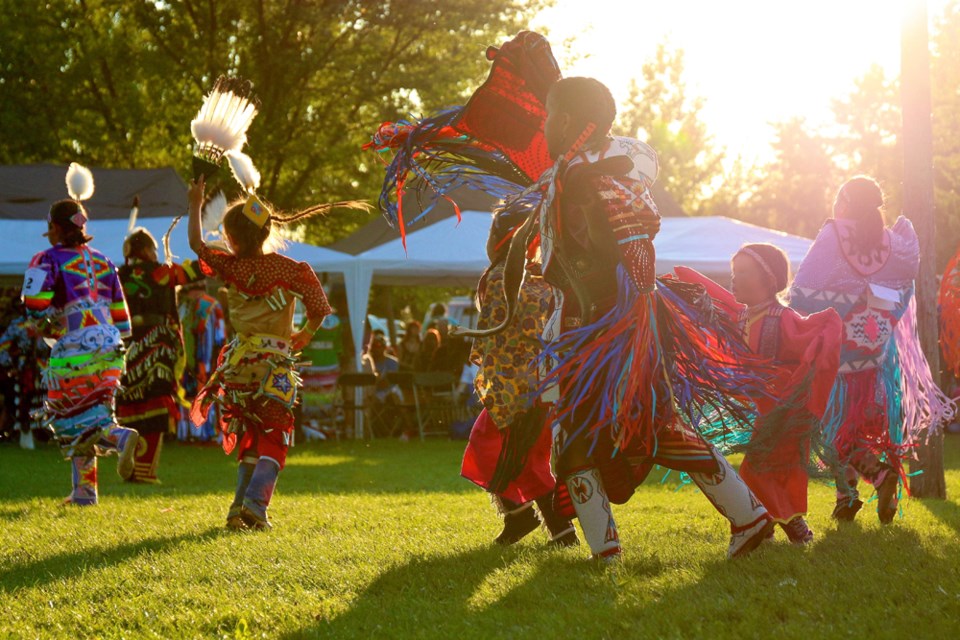It was a journey of self-discovery and now Humboldt photographer Melanie Gray has the opportunity to share it across the country.
Gray’s photo that was taken at her home in Rama First Nation in Ontario has been chosen for the Canada 150 Point of View project, which will be on display at the Canadian Museum for Human Rights in Winnipeg starting the week before Canada Day.
The powwow featured in the photo is an intertribal dance, says Gray, with dancers that span age groups and styles as well as members of the audience.
“It just was a beautiful moment seeing everyone come together,” she says.
The white tent in the background of the photo was where the elders were sitting and for them to see the little ones dance and be proud of who they are must have been such a healing experience, says Gray.
Because of the mixed emotions of Canada 150 to First Nations people, Gray was not sure she was going to submit the photo.
She just wanted to be respectful of what Canada 150 means, she says.
“I didn’t want to shame anyone in celebrating it, I just wanted to have awareness of what it means to someone else and maybe reflect on that.”
Most of all, Gray wants everyone to see the pride that shines from the image as everything that was designed to take First Nation culture and identity away did not succeed.
We are still here, says Gray.
“I take a look at assimilation, colonization, residential schools, 60s scoop, missing and murdered, through all that, we’re here.”
Telling that story is just as important as any other human rights violation across history, so having her piece and the many other First Nations based photos in the Human Rights Museum is vital to keeping the conversation going, says Gray.
No one can change the past, but everyone can learn from it and having those conversations is a crucial part of working towards reconciliation, says Gray.
“When that happens, I believe we’ll all be better people for it and our country will be better as well.”
Discovering her heritage is something new for Gray since she left Rama First Nations at a young age and just recently was reunited with her Ontario family. Identity and where she fit in was something she had always struggled with so now she gets to share her culture with her children as well as discover it herself.
“I grew up this whole time separated from family and separated from culture so I’ve had to learn a lot about myself and who I am. It’s been very healing for me.”
Out of 70 photos that will be on display, Gray is proudly representing Saskatchewan as the lone Saskatchewan entry that was chosen out of 984 submissions.
According to their website, the exhibition “reflect themes in four categories – freedom of expression; inclusion and diversity; reconciliation; and human rights and the environment,” and was put together based on submissions from across the country.”




